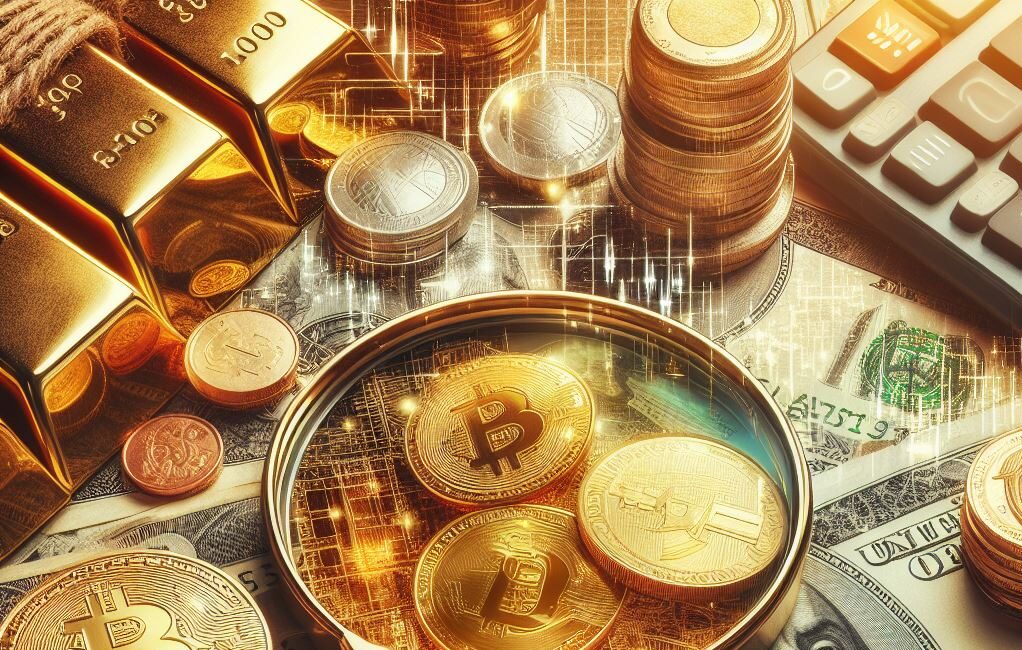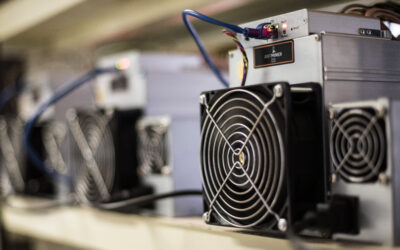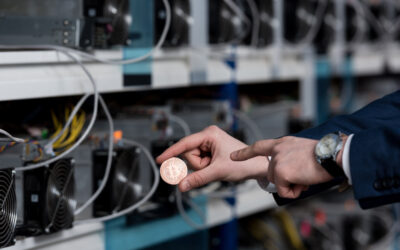
What is Money? A Simple Guide To Understanding Money
Think about the last time you bought something. The money you used has a deep history and interesting characteristics. Let’s make it simple for anyone to understand.
Before Money: The Barter System
Long before the invention of money, people relied on the barter system. In a barter system, people trade goods directly. Imagine you’re a farmer with chickens but need shoes. You’d find a shoemaker and exchange your chicken for shoes. But what if the shoemaker doesn’t need chickens? This is the “double coincidence of wants” problem. Barter works only if two people have what the other wants, making it quite inefficient.

Commodity Money: Back By Intrinsically Valuable Goods
To solve the problems of barter, people began using commodities as money. What are commodities? They are items that are universally valued and accepted, like gold, silver, shells, beads, salt, coffee and many other items in different cultures. Commodity money was a game changer because it had intrinsic value and was widely accepted and made exchanges between people much more efficient. However, it wasn’t without limitations. While commodity money was an improvement over a simple barter economy, commodities often proved to be costly to transport, store, and divide. Imagine having to keep gold safe from theft, and then using it for very small transactions. Not easy!

Representative Money: A Convenient Twist
The idea of representative money emerged as a solution to the impracticalities of carrying commodity money. People used tokens or paper notes that represented a claim on a commodity, like gold or silver, stored safely elsewhere. This form of money was revolutionary. It was lightweight, less risky to carry, and still had value because it was fully backed by something tangible. Representative money could be redeemed for commodities. This form of money paved the way for a more modern banking system.

The Age of Fiat Money
Today, most countries use fiat money. Unlike commodity or representative money, fiat money isn’t backed by physical commodities. Its value comes from the trust and faith people have in the issuing government. The paper bills and metal coins have no intrinsic value, but they work as money because everyone agrees to treat them as such. This system relies heavily on government regulation and economic policies to maintain the value and stability of the currency.

Bitcoin: The Latest Evolution
In the 21st century, a new form of digital money called Bitcoin was created (or some say discovered). Digital money offers immense convenience and speed, transcending physical boundaries. Bitcoin embodies the characteristics of good money better than any previous form of it, leveraging encryption for security and often operating independently of traditional banking systems. Bitcoin is decentralized and offers a new concept of money that is global and not controlled by any single entity.

Characteristics of Money
For something to function as money, it needs certain characteristics:
- Fungibility: Each unit is interchangeable. One dollar is always worth another dollar.
- Divisibility: Money can be divided into smaller units without losing value (like change for a $20 bill).
- Portability: It’s easy to carry and use. This is why paper money replaced heavy coins.
- Durability: It can withstand being used over and over.
- Scarcity: Its supply is limited. This keeps the value stable. If money were limitless, it would lose its value (that’s inflation).
- Accepted: Lastly, and most importantly, it must be widely accepted. If people don’t trust or accept it, it can’t serve as money.
Understanding the evolution of money and characteristics not only gives us insights into our past but also helps us navigate the financial world of today. Money, in its many forms, is an integral part of our society, facilitating trade, measuring value, and storing wealth. It’s a concept that’s simple yet complex, ordinary yet extraordinary.




